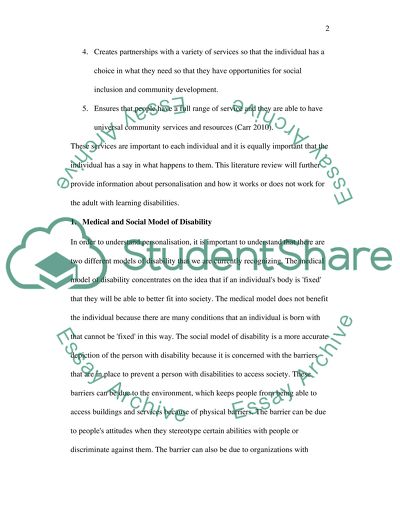Cite this document
(“An Evaluation of the Personalisation Agenda and the effect on Adults Literature review”, n.d.)
Retrieved from https://studentshare.org/social-science/1419775-an-evaluation-of-the-personalisation-agenda-and-the-effect-on-adults-with-learning-disabilities
Retrieved from https://studentshare.org/social-science/1419775-an-evaluation-of-the-personalisation-agenda-and-the-effect-on-adults-with-learning-disabilities
(An Evaluation of the Personalisation Agenda and the Effect on Adults Literature Review)
https://studentshare.org/social-science/1419775-an-evaluation-of-the-personalisation-agenda-and-the-effect-on-adults-with-learning-disabilities.
https://studentshare.org/social-science/1419775-an-evaluation-of-the-personalisation-agenda-and-the-effect-on-adults-with-learning-disabilities.
“An Evaluation of the Personalisation Agenda and the Effect on Adults Literature Review”, n.d. https://studentshare.org/social-science/1419775-an-evaluation-of-the-personalisation-agenda-and-the-effect-on-adults-with-learning-disabilities.


